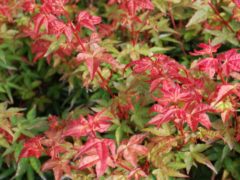
‘Beni hime’ Japanese maple
Acer palmatum 'Beni hime'
A dwarf, shrubby tree with small, rounded star-shaped leaves. New growth is pinkish red with … Continued
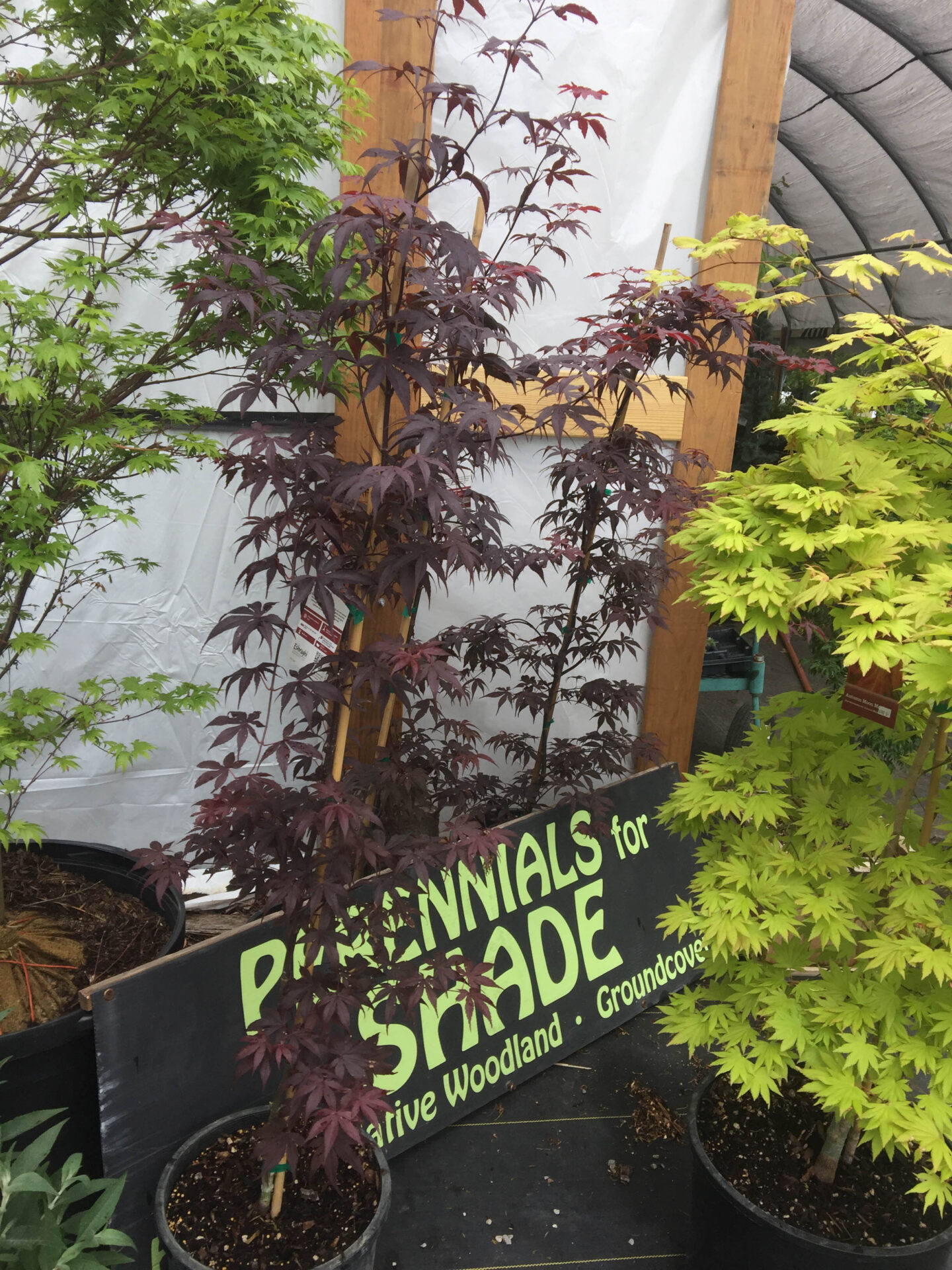 Japanese maples have been cultivated in Japan for centuries and in temperate areas around the world since the 1800s. They provide a striking focal point. Whether planting in a garden bed or large container there are hundreds of Japanese maple varieties that come in various sizes with a large assortment of leaf shapes and colors that range from shades of green to orange, red, purple, and variegated.
Japanese maples have been cultivated in Japan for centuries and in temperate areas around the world since the 1800s. They provide a striking focal point. Whether planting in a garden bed or large container there are hundreds of Japanese maple varieties that come in various sizes with a large assortment of leaf shapes and colors that range from shades of green to orange, red, purple, and variegated.
Acer palmatum 'Beni hime'
A dwarf, shrubby tree with small, rounded star-shaped leaves. New growth is pinkish red with … Continued
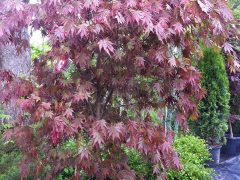
Acer palmatum 'Bloodgood'
A vigorous, upright habit with blackish-red new stems and large deeply cut red leaves that … Continued
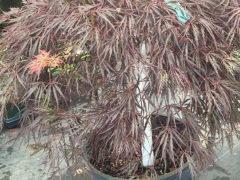
Acer palmatum dissectum ‘Crimson Queen’
This threadleaf Japanese maple has finely cut foliage and cascading habit. Dark magent-purple color is … Continued
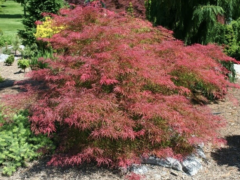
Acer palmatum dissectum 'Baldsmith'
A low-growing cutleaf with bright pink early spring foliage that has yellow-green undertones. As spring … Continued
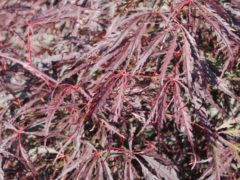
Acer palmatum dissectum 'Inabe Shidare'
This laceleaf maple sports rich maroon foliage with a cascading habit that is a bit … Continued
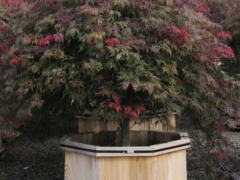
Acer palmatum 'Orangeola'
A beautiful multi-colored pendulous fern leaf Japanese maple, the heavily pendulous branches cascade beautifully with … Continued
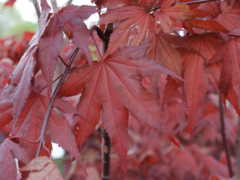
Acer palmatum 'Purple Ghost'
A very striking tree with deep lavender and purple leaves divided by a dark maroon … Continued
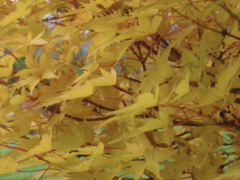
Acer palmatum 'Sango kaku'
‘Sango kaku’ is best known for its magnificent coral-pink bark in the winter. An upright … Continued
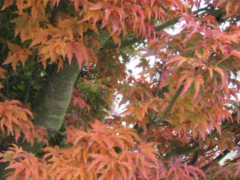
Acer palmatum 'Shishigashira'
Small, bright green leaves curl tightly against branches. Densely packed leaves create a striking appearance … Continued
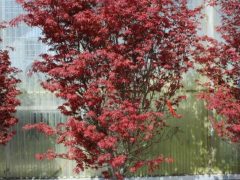
Acer palmatum 'Skeeter's Broom'
New growth on this compact Japanese maple emerges a lovely bright red. As the foliage … Continued
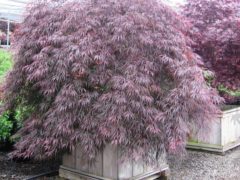
Acer palmatum dissectum 'Tamuke yama'
A rich red-purple weeping laceleaf that holds its color well through summer. Leaves emerge slightly … Continued
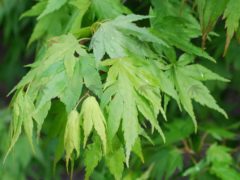
Acer palmatum 'Tobiosho'
Five-lobed, medium green leaves with red petioles and veins turn bright red in the fall. … Continued